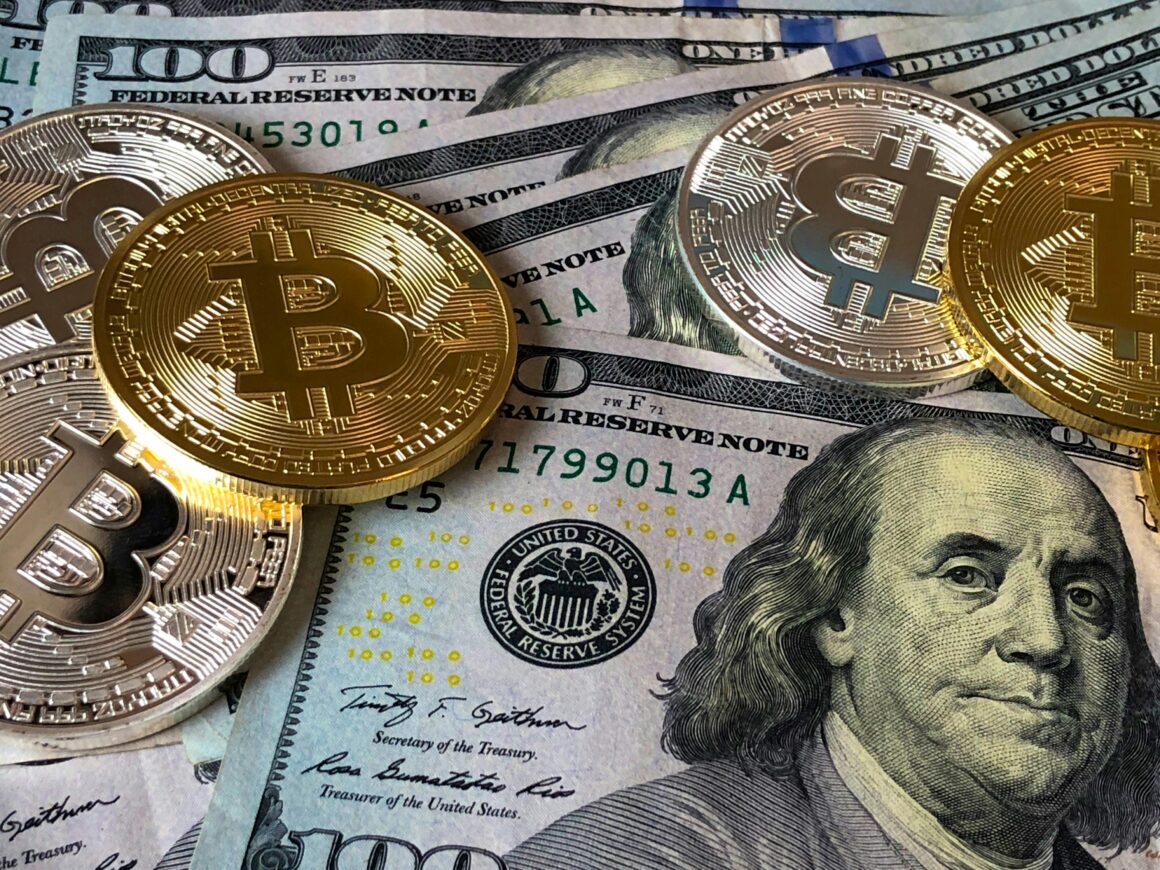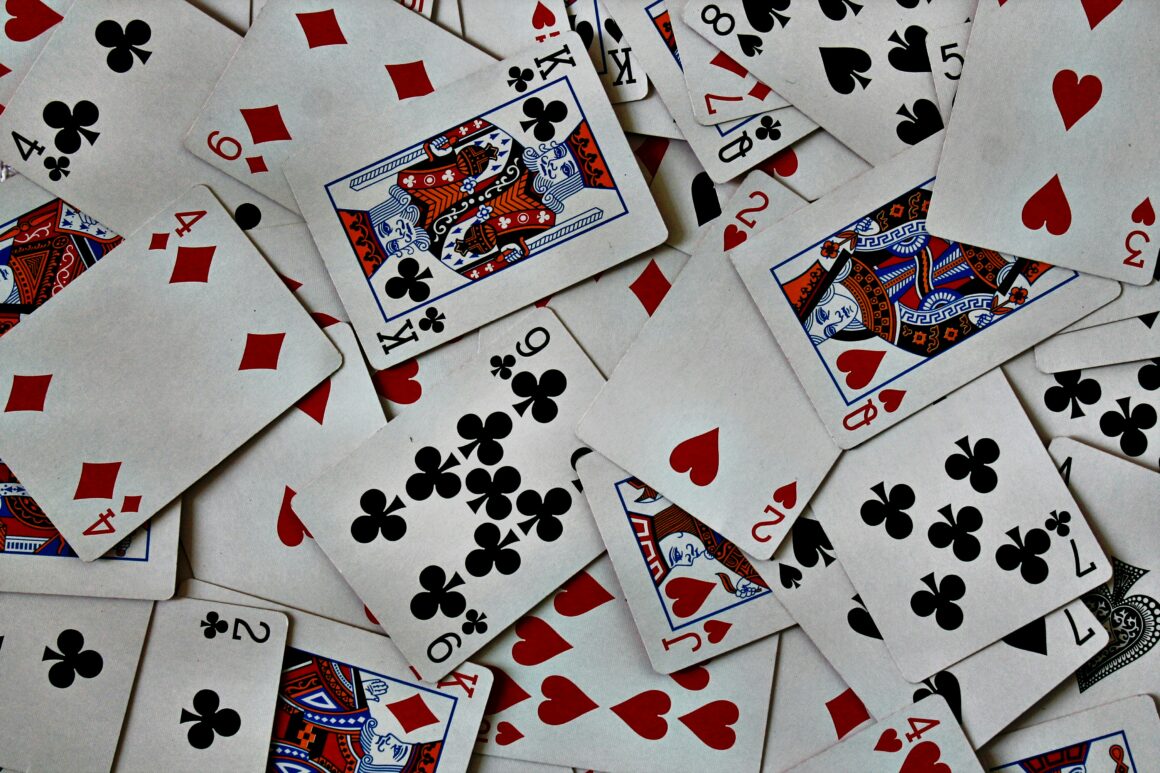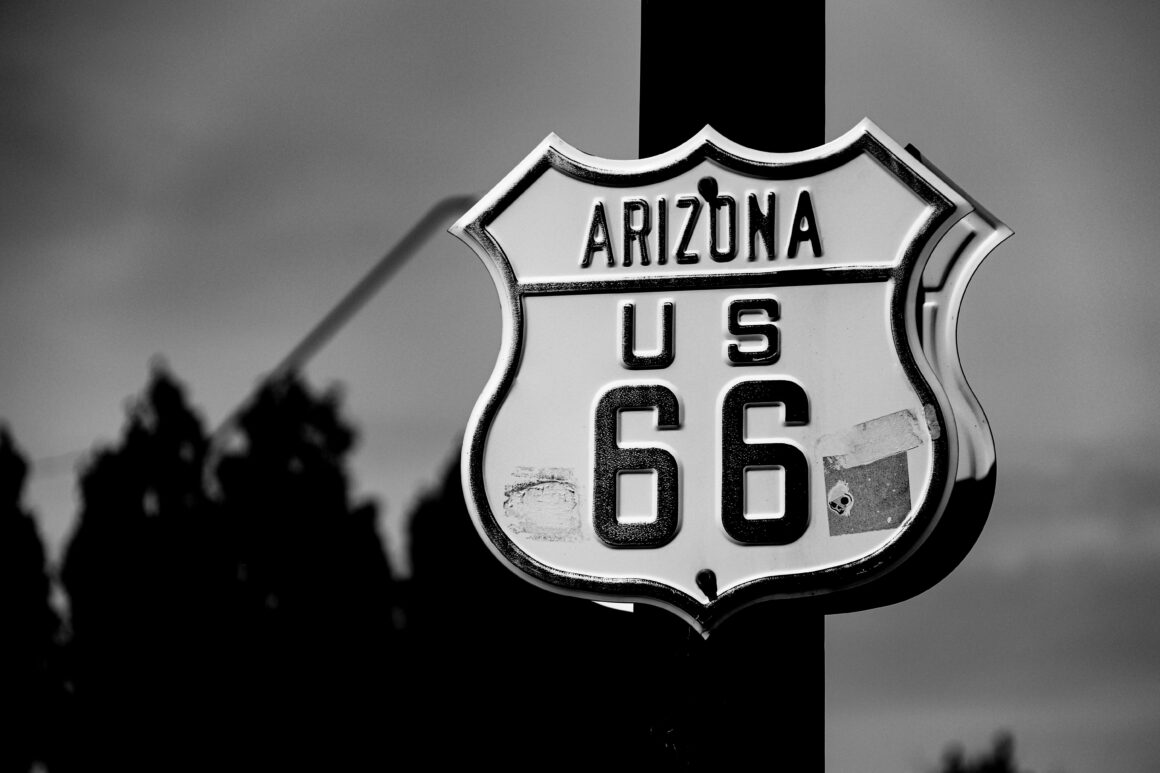
*Trigger Warning: Sexual Assault & Rape
Recent Baylor University football team allegations report multiple cases of sexual and domestic abuse from the athletes on the team. An Idaho high school football team case details the gruesome assault of a student from his teammates, explaining that a coat hanger was forcibly shoved into the student’s rectum then subsequently kicked in multiple times. These two upsetting news stories, not alone in their nature, represent an aspect of the American culture that we must grievously accept: there is an undeniable link between high school/college athletes and sexual assault. Approximately hundreds of cases surface each year, providing more and more evidence that athletes involved in popular and major sports (such as football) are more adept to commit sexual assault. In fact, a three year study shows that while male student-athletes comprise 3.3% of the population, they represent 19% of sexual assault perpetrators and 35% of domestic violence perpetrators. And it disheartens me to say that. Not to say that they will commit sexual assault, but many of my close friends as well as my brother (who is soon to be a collegiate athlete) play those major sports, and they are good athletes. But this does not excuse them from one of the most heinous crimes globally.
So why are athletes the group of students that are most frequently accused of sexual assault? The answer is simple: the teenage social hierarchy. We all know that in high school, athletes inevitably fall at the tip-top of the hierarchy, allowing them to subconsciously (and unfortunately, sometimes consciously) believe themselves to be superior and affluent to normal standards, rules, and expectations of students. The organization Mentors in Violence Prevention explains it best:
“…young men in the school-based athletic subculture … typically occupy a privileged position in school culture, and particularly in male peer culture. As such, male student-athletes … tend to have enormous clout when it comes to establishing or maintaining traditional masculine norms. Their support or lack of support for prevention efforts can make or break them.”
I have witnessed this phenomena first-hand; it occurs in my high school and in other high schools. I played high school football for one year. I know what it’s like in the locker room and at practices; I fully understand the comradery that can quickly turn toxic. Don’t get me wrong, there is nothing wrong with embraced brotherhood reinforced through athletics, but once they begin to joke about, laugh at, and eventually commit sexual assault, it is no longer permissible.
This concept carries over to collegiate athletics, where the offenses are arguably worse. The book Missoula: Rape and the Justice System in a College Town written by John Krakauer (10/10, a great read) documents and follows the sexual assault and rape cases in college town Missoula, Montana, with a specific focus on the Montana University Grizzly football team. This investigative novel opened my eyes to the reality of sexual assault on college campuses. According to the book, 80 rape cases were reported in Missoula over the course of three years. Even so, Montana Supreme Court member Diane Barz stated, “Acts of sexual violence are vastly under-reported on college campuses.” Missoula takes in-depth looks at a myriad of rape cases in the town, but Krakauer places two cases committed by members of the football team early in the novel. The first occurs when Allison Huguet, a college student visiting Missoula, attends a party at childhood friend and local football star Beau Donaldson’s house. After drinking and partying for several hours, Allison decided to stay the night at Donaldson’s house to avoid driving drunk. She fell asleep on the couch alone, only to wake up hours later to her pants pulled down to her knees being penetrated by who she thought to be her friend, Beau Donaldson. The second story is that of Kelsey Belnap at a friend’s party. Her and her friend, along with five members of the Grizzly football team, consumed copious amounts of alcohol after finishing the fall semester. Kelsey recalls blacking out and waking up in intervals to forced oral and vaginal sex by all five football players she was with before. Although trying to resist when conscious, she was unable to fight off her assailants, resulting in various injuries. Even though she was brutally gang-raped, she was reluctant to report it to the police, stating to her mother, “Mom, they’re football players and nobody’s gonna listen to me. They’ll make my life hell.”
This mindset of disbelief reflects athletes’ privilege over their peers. No one wants to condemn the stars of the local sports team, so fans and citizens often attack the victim. One Missoula forum post by “jcu27” said this about Allison Huguet’s rape allegation: “First off, chicks exaggerate on rape. Second off, she could [have] sucked his dick and still got raped just because she said she didn’t want it later on.” This blind and automatic support behind a criminal is a reality to most rape victims. A victim of the aforementioned Baylor football team assaults stated, “It’s mind-boggling to see it continue to happen. I can’t understand why. I think as long as they’re catching footballs and scoring touchdowns, the school won’t do anything.” Our internalized misogyny teaches us to blame the woman before even considering the issue to be the man’s fault. Whether on the high school or collegiate level, the man’s word is almost always believed as true.
We have to break this link between athletes and sexual assault. We can no longer give these “free passes” to athletes. They are not above the law. Just like everyone else, they should be required to treat others with basic respect. Yes, they can feel entitled and affluent, but we have to be brave enough to snap these alpha-males’ perceived superiority. According to the Benedict/Crossett Study, the conviction rate of an athlete committing sexual assault is 38%. And that is 62% too low. Don’t fall accustomed to a system that disregards victims and places the accused on pedestals. If we band together and demand that athletes be held accountable for their actions, we can begin to reconstruct the currently broken attitude towards the relationship between athletes and sexual assault.




